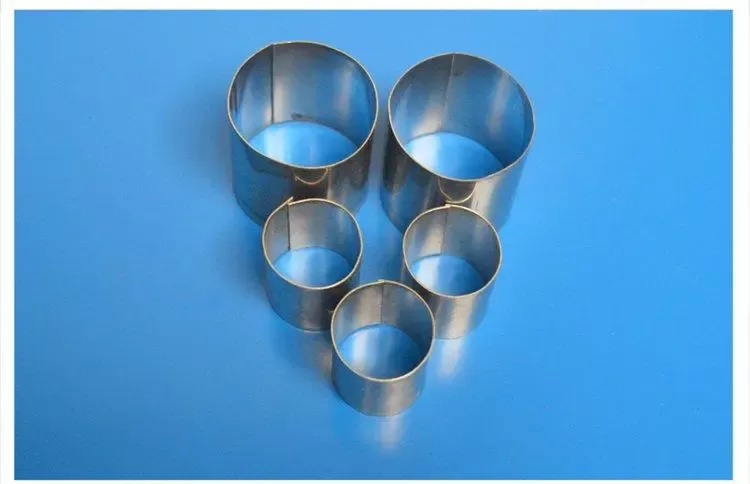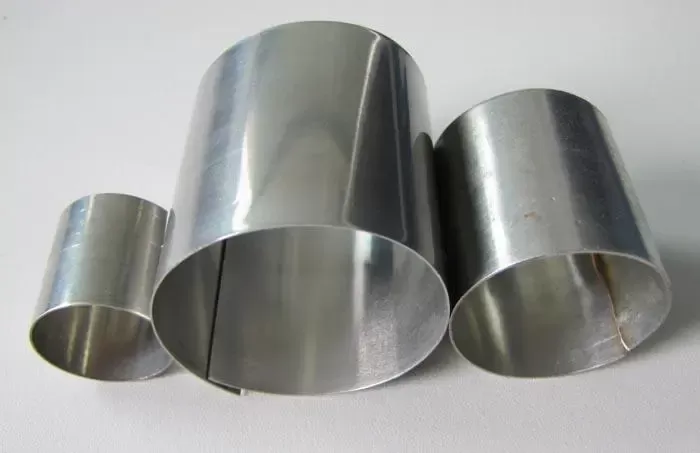Metal Raschig rings are the earliest developed random packing. They have a simple shape, with their height equal to their diameter. They have excellent acid resistance, being able to withstand corrosion from all acids except hydrofluoric acid (HF), and they are also resistant to high temperatures and aging. They are made of metal sheets, with their height equal to their diameter. Commonly used sizes range from 25mm to 75mm (with smaller ones as small as 6mm and larger ones up to 150mm). The thickness of the metal rings is 0.8mm to 1.6mm. Under the condition that strength is permitted, the wall thickness of the rings should be as thin as possible. Although Raschig rings have less than ideal mass transfer performance, they are still adopted by some factories due to their simple structure, easy manufacturing, and low cost.

Carbon steel: Must comply with GB/T 710T and GB/T 708 standards.
Stainless steel: Commonly used models include 304, 316L, etc. The material must meet the requirements of GB/T 3280.
Copper/Aluminum material: Copper must meet the T2 pure copper standard, and aluminum can be aluminum alloy or pure aluminum. Quality certificates must be provided.
Ceramic Raschig rings
There is no unified national standard, but it should meet the following requirements: bulk density of 1.5 - 2.0 g/cm³, porosity of 50% - 75%, and specific surface area of 200 - 400 m²/m³.

| Name | Normal | Diameter×Height×Thickness | Surface area | Void space | Bulk density | No.elements | Packing factor |
| mm | mm | m2/m3 | % | kg/m3 | per/m3 | m-1 | |
| Metal Raschig Ring | Φ16 | 16×16×0.5 | 350 | 90 | 660 | 2480000 | 460 |
| Φ25 | 25×25×0.8 | 220 | 93 | 610 | 55000 | 290 | |
| Φ50 | 50×50×1.0 | 110 | 95 | 430 | 7000 | 130 | |
| Φ80 | 80×80×1.0 | 60 | 96 | 400 | 1820 | 80 |


.png)
.png)
.png)
.jpg)